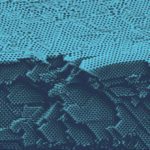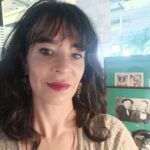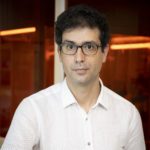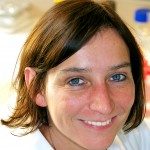Link to Pubmed [PMID] – 36269830
Link to DOI – 10.1126/sciadv.abo5767
Physical forces are essential to biological function, but their impact at the tissue level is not fully understood. The gut is under continuous mechanical stress because of peristalsis. To assess the influence of mechanical cues on enteropathogen invasion, we combine computational imaging with a mechanically active gut-on-a-chip. After infecting the device with either of two microbes, we image their behavior in real time while mapping the mechanical stress within the tissue. This is achieved by reconstructing three-dimensional videos of the ongoing invasion and leveraging on-manifold inverse problems together with viscoelastic rheology. Our results show that peristalsis accelerates the destruction and invasion of intestinal tissue by Entamoeba histolytica and colonization by Shigella flexneri. Local tension facilitates parasite penetration and activates virulence genes in the bacteria. Overall, our work highlights the fundamental role of physical cues during host-pathogen interactions and introduces a framework that opens the door to study mechanobiology on deformable tissues.








